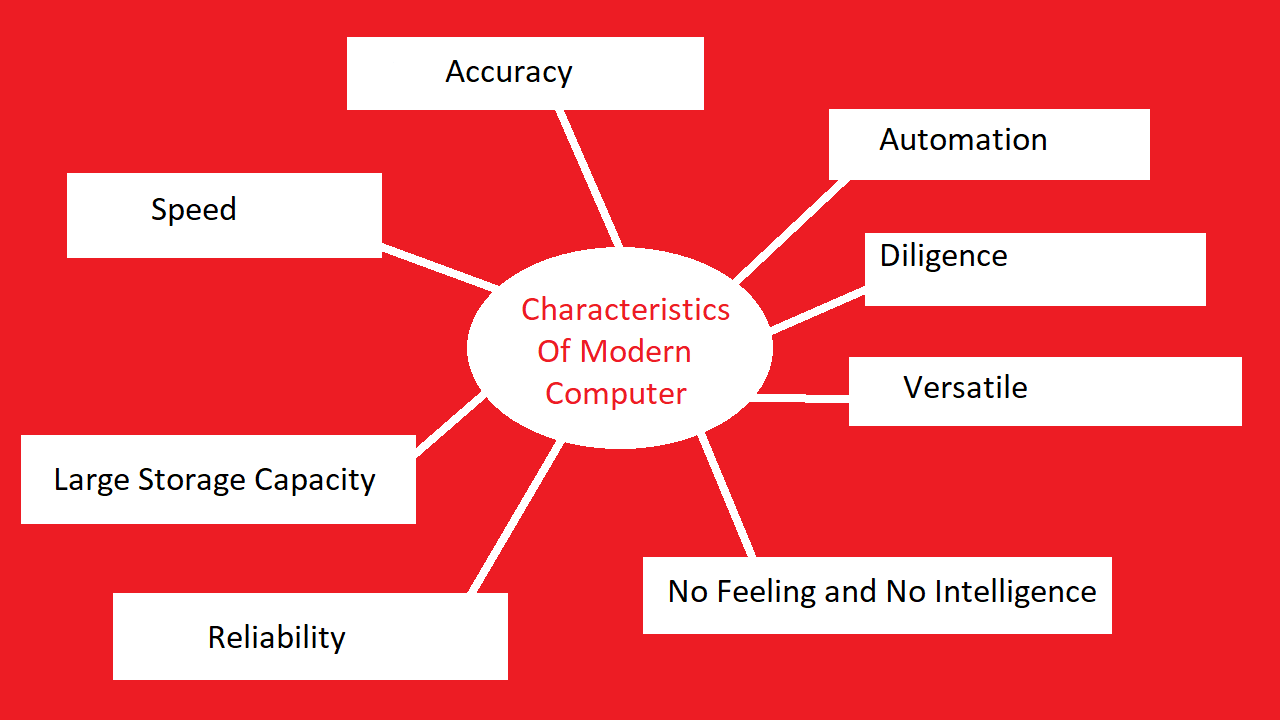How AI is Changing Cybersecurity?

Artificial Intelligence (AI) isn’t just a buzzword anymore—it’s reshaping the world of cybersecurity. With cyber threats getting more complex, AI is stepping in to offer smarter solutions for keeping our data and systems safe. Let's dive into how AI is changing the game in cybersecurity and what it means for you.
1. Better Threat Detection
Imagine having a super-smart assistant who can scan tons of data in seconds and spot unusual activity. That’s what AI does for cybersecurity. Traditional methods look for known patterns of attacks, but AI goes a step further. It learns from new data and picks up on odd behavior that might indicate a new kind of attack.
How It Works:
- Learning from Data: AI systems analyze network traffic and user behavior to spot anything out of the ordinary.
- Spotting the Unseen: By recognizing patterns, AI can catch zero-day attacks—those sneaky threats that exploit unknown weaknesses.
2. Faster Response and Fixes
When a cyberattack happens, every second counts. AI helps by automatically taking action to stop the attack and limit the damage. Instead of waiting for a human to intervene, AI can quickly isolate the problem and prevent it from spreading.
How It Works:
- Instant Action: AI can automatically shut down compromised systems or block harmful IP addresses.
- Adaptive Defense: It keeps learning and updating its strategies to deal with new types of attacks.
3. Smarter Threat Intelligence
AI doesn’t just react—it also helps you stay ahead of threats. By analyzing data from various sources, AI gives you a clearer picture of potential risks and helps you prepare for them.
How It Works:
- Gathering Insights: AI pulls together information from security feeds, the dark web, and past attack patterns.
- Predicting Threats: It uses this data to foresee possible threats and suggest ways to prevent them.
4. Better at Spotting Phishing
Phishing scams are still a major problem, tricking people into revealing personal information. AI is getting really good at spotting these scams by examining the content of emails and messages to see if they’re trying to deceive you.
How It Works:
- Understanding Language: AI analyzes the language used in emails to detect red flags or suspicious content.
- Checking Links: It also looks at URLs and attachments to see if they’re trying to trick you.
5. Protecting Your Devices
With so many devices connected to the internet, keeping them secure is more important than ever. AI helps by constantly watching over your devices to spot any strange activity that could signal a problem.
How It Works:
- Monitoring Activity: AI keeps an eye on how your devices are being used to catch any unusual behavior.
- Alerting You: If something seems off, AI will let you know and suggest steps to fix it.
6. Cutting Down False Alarms
One big issue in cybersecurity is dealing with false alarms—when an alert goes off but there's no real threat. AI helps reduce these false positives by making detection more accurate and providing clearer insights.
How It Works:
- Context Matters: AI takes into account the context of each alert to determine if it’s a genuine threat.
- Learning from Mistakes: It continuously improves by learning from past incidents and feedback.
7. Looking Ahead
AI is still evolving, and its role in cybersecurity will only grow. However, this also brings challenges like ensuring AI is used ethically and guarding against the possibility of AI being used for malicious purposes.
What’s Next:
- Ethical Use: Making sure AI is used responsibly and respects privacy.
- New Risks: Staying vigilant about how AI could be misused and adapting as necessary.
Conclusion
AI is revolutionizing cybersecurity by offering smarter, faster, and more effective ways to protect our digital lives. As technology continues to advance, staying informed about these changes and adapting to new AI-driven tools will be key to keeping your information safe.
Stay tuned to SmartTechTip for more updates and tips on technology, cybersecurity, and beyond!




